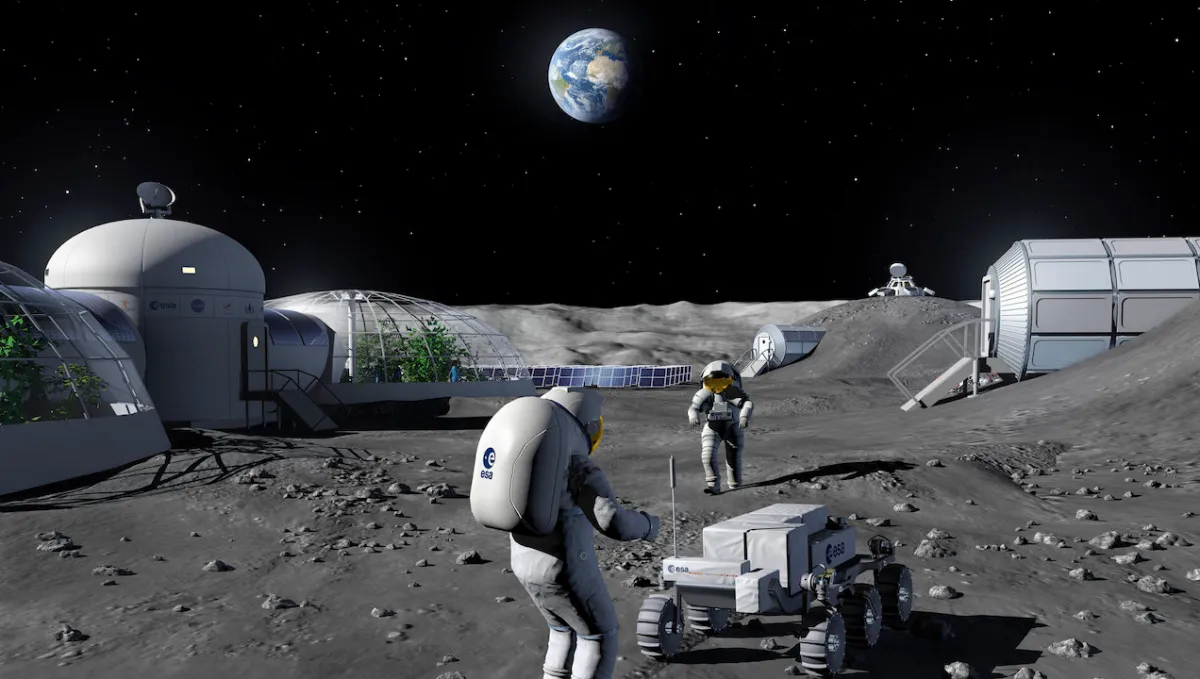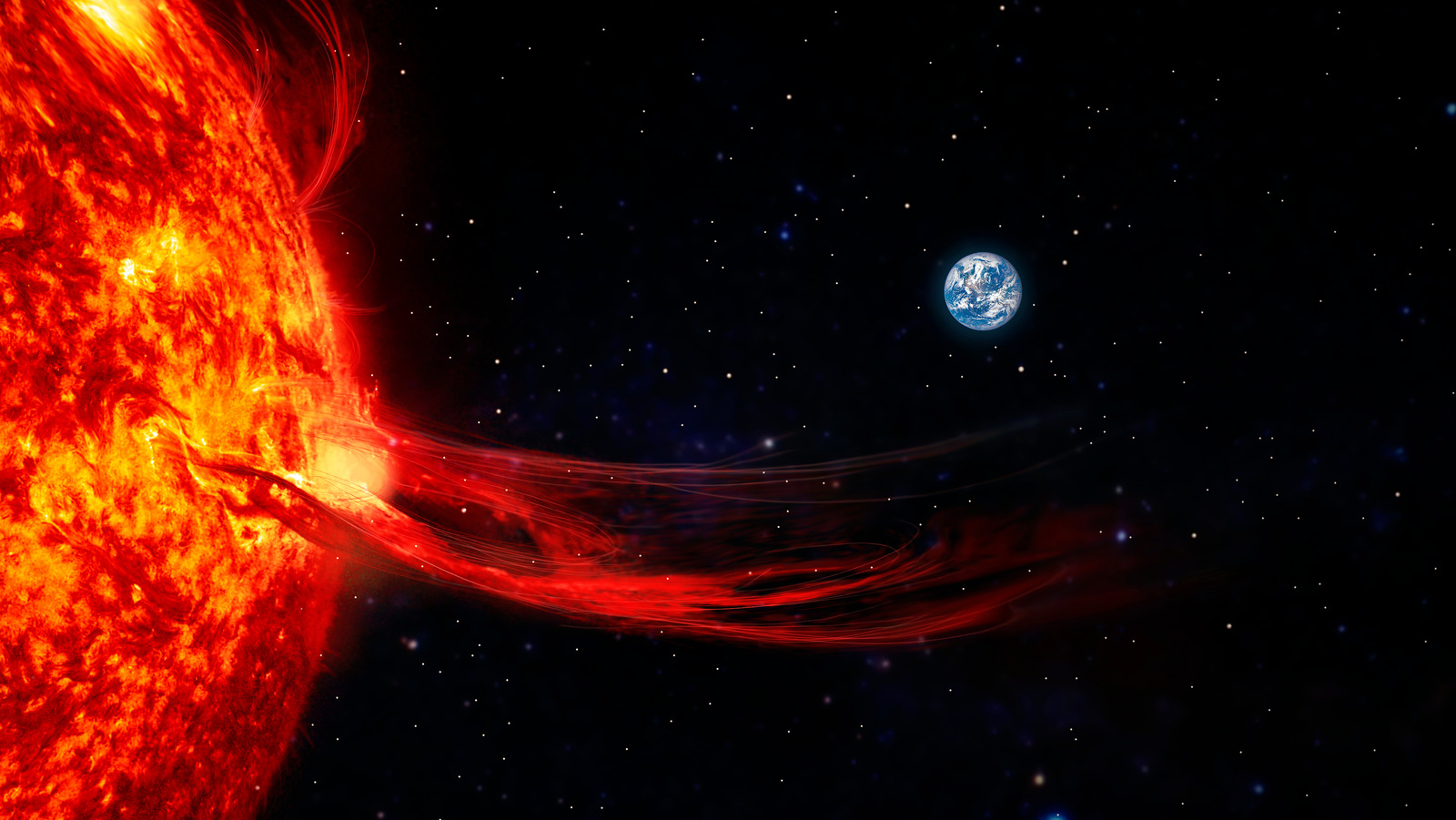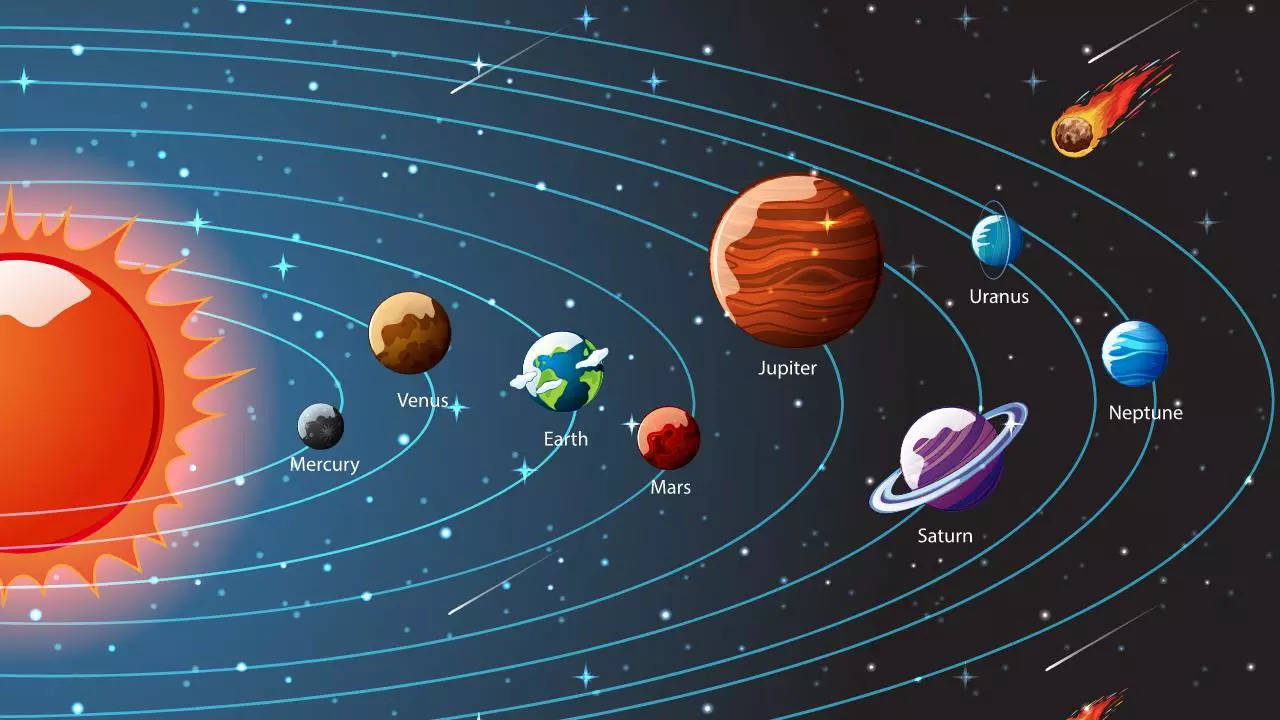The Moon, Earth’s only natural satellite, has been a source of fascination and exploration for centuries. Humans have launched numerous missions to the Moon to study its surface, geology, and potential for future human habitation.
Early Lunar Missions
- Luna 2 (1959): The first spacecraft to reach the Moon, launched by the Soviet Union.
- Ranger 7 (1964): The first NASA spacecraft to successfully impact the Moon and return images.
- Surveyor 1 (1966): The first spacecraft to successfully land on the Moon.
Apollo Program
The Apollo program was a series of American space missions launched between 1961 and 1972 with the goal of landing humans on the Moon. The most famous mission was Apollo 11, which successfully landed Neil Armstrong and Buzz Aldrin on the Moon in 1969. A total of six Apollo missions landed on the Moon, and twelve astronauts walked on its surface.
Recent Lunar Missions
- Lunar Reconnaissance Orbiter (LRO): Launched in 2009, LRO has been mapping the Moon’s surface in high resolution.
- Chandrayaan-1 (2008): An Indian lunar orbiter that discovered water ice on the Moon’s surface.
- Chang’e 4 (2019): The first spacecraft to land on the far side of the Moon.
Future Lunar Missions
There are several ongoing and planned lunar missions, including:
- Artemis program: NASA’s Artemis program aims to return humans to the Moon by the mid-2020s.
- Lunar Gateway: A planned space station in lunar orbit that will serve as a base for future lunar exploration.
- Commercial lunar missions: Several private companies are developing plans to land on the Moon and conduct scientific research.
Importance of Lunar Exploration
- Scientific Research: Studying the Moon can provide insights into the formation of the solar system and the early history of Earth.
- Resource Exploration: The Moon may contain valuable resources, such as water ice and helium-3.
- Technological Development: Lunar exploration can drive technological advancements in areas such as propulsion, robotics, and life support systems.
- Inspiration: Exploring the Moon can inspire future generations and foster a sense of wonder about the universe.
Lunar missions are an important part of our exploration of the solar system and our understanding of our place in the universe.



